Manasquan Inlet Artificial Reef
Manasquan Artificial Reef
2 miles off Manasquan Inlet
Depth: 67-74 ft
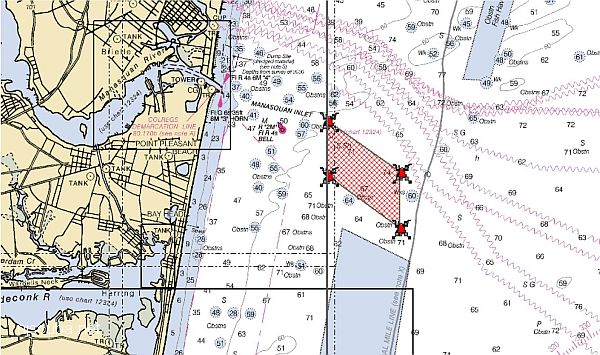
The Manasquan Inlet Reef site is located 1.7 nautical miles southeast of the inlet, which is just north of Ocean County’s Point Pleasant Beach. When fully developed, it will occupy nearly one square mile of seafloor in water from 67 feet to 74 feet deep. The reef is part of a compromise reached in 2015 that settled fishing gear use and access to artificial reefs between recreational and commercial fishermen and restored federal funding to New Jersey’s artificial reef program.
Putting a fishing reef directly in the approaches of one of the busiest inlets on the East Coast doesn't seem like a great idea to me, but I guess I am wrong about that, because there it is. I think my "Pinta Reef" would have been a much better idea.

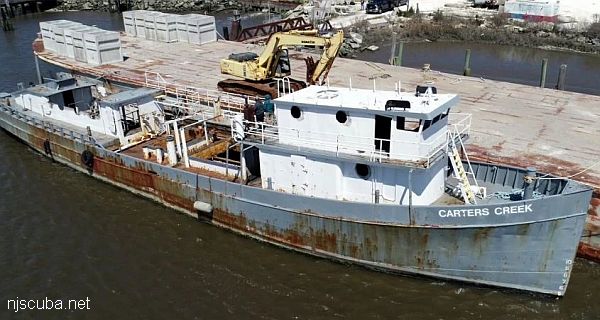
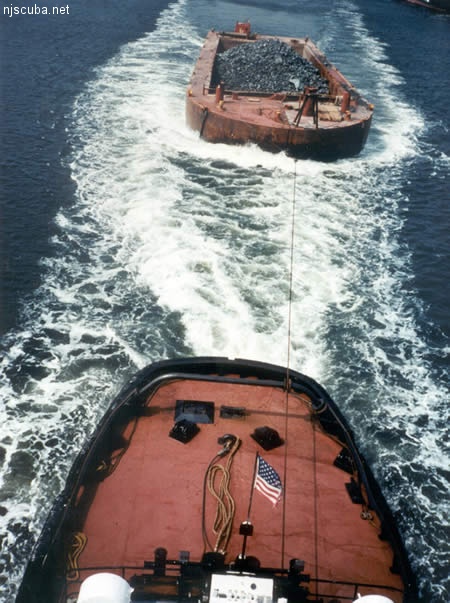
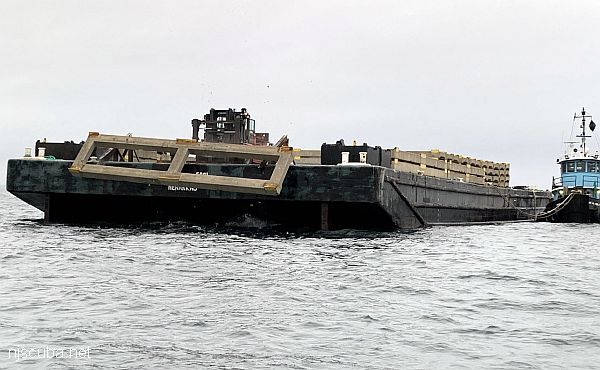
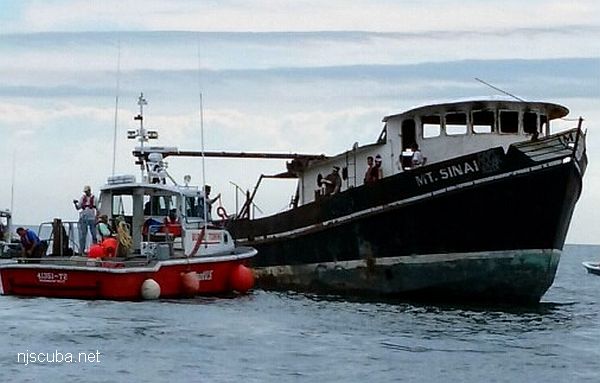
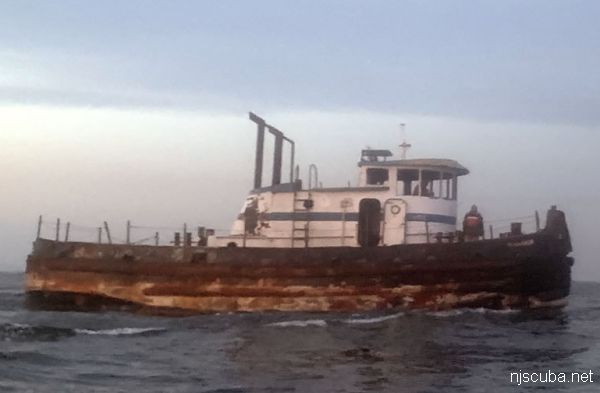
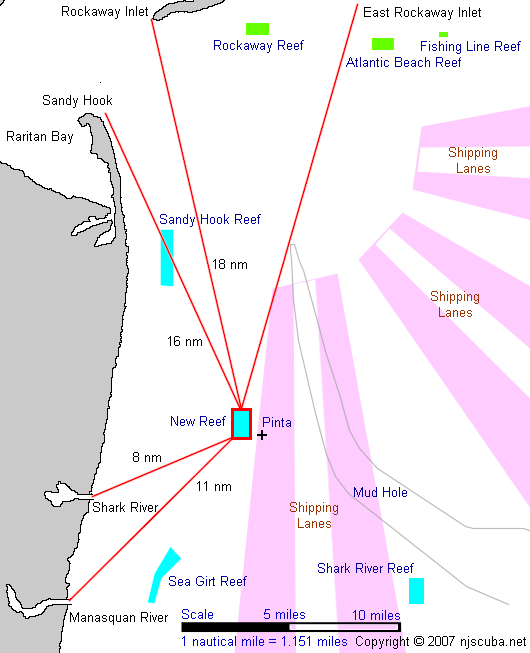
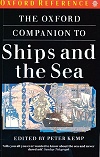
Questions or Inquiries?
Just want to say Hello? Sign the .